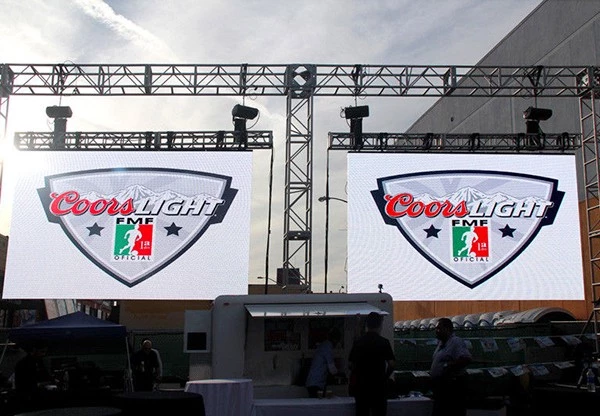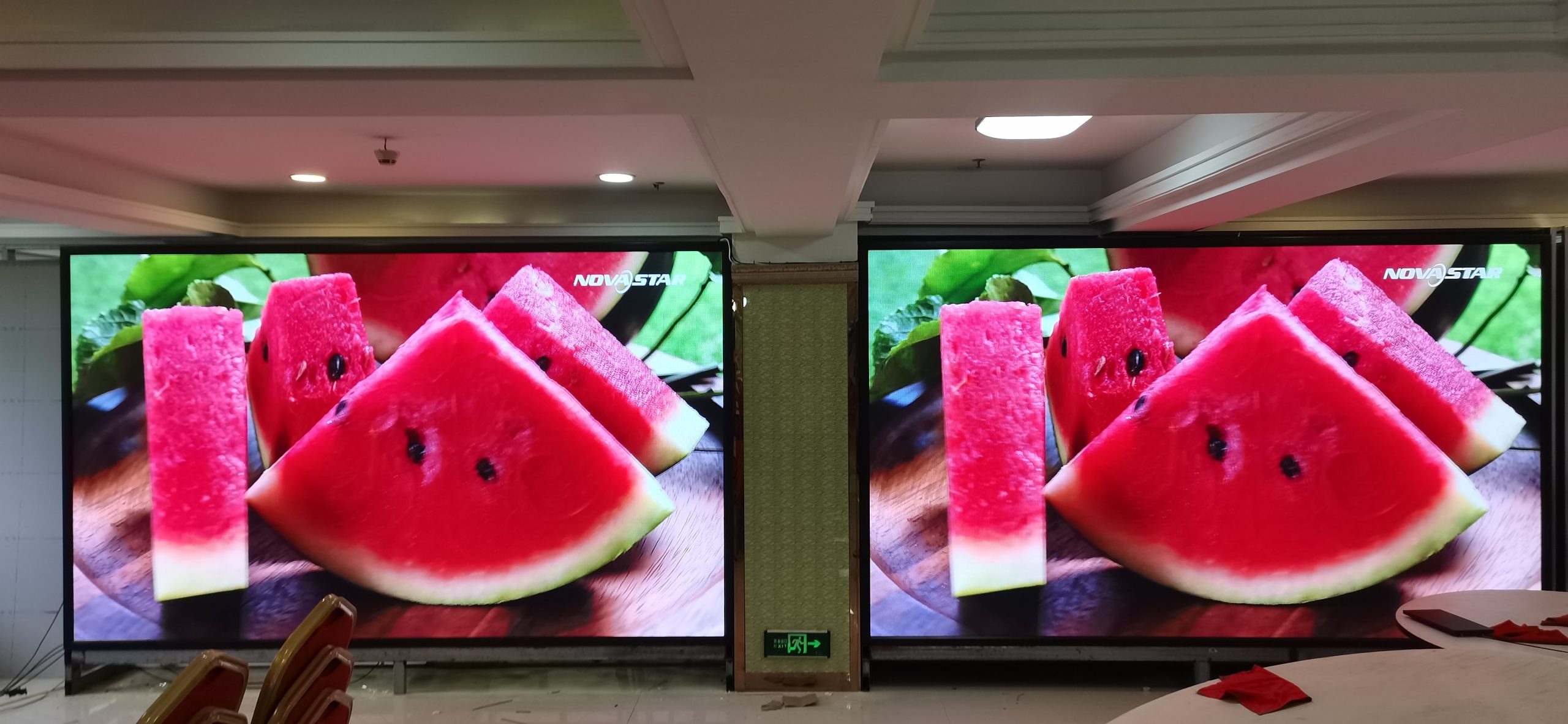
Reasons and solutions for inconsistent brightness of LED display.
In modern digital display technology, LED displays have become an essential tool for many occasions, both indoors and outdoors, where they are able to display excellent visual effects. However, sometimes we find that the brightness on the LED display is not consistent, which not only affects the quality of the picture, but also may affect the audience’s understanding and acceptance of the content. So, what exactly is the reason for the inconsistent brightness of the LED display?
1.The quality of LED lamp beads is not uniform
LED lamp beads are the most basic components of the LED display, their quality directly determines the brightness and uniformity of the screen. Some low-priced LED lamp beads have uneven quality and large differences in brightness. When in use, in order to reduce costs, some manufacturers may use different brands or batches of LED lamp beads, which will easily lead to the phenomenon of inconsistent brightness.
Solution:
Choose a reliable quality LED screen supplier and explicitly request the use of LED lamp beads with stable quality. In addition, pay attention to consult the manufacturer will be in the finished LED screen factory for strict brightness correction and colour matching.
2. The power supply stability issues
The brightness of the LED display is not only related to the quality of the LED beads, but also related to the stability of the power supply. If the output current of the power supply is not stable, then the brightness emitted by the LED lamp beads in different areas will be inconsistent. In addition, when the LED full-colour screen screen size is large, long-distance power transmission is also easy to cause voltage reduction, resulting in uneven display effect.
Solution:
Choose a stable power supply device for the LED large screen to ensure the stability of the output current. Try to reduce the power transmission distance, or use cable enhancement technology in long-distance transmission to provide stable voltage.

3. Inaccurate colour calibration
Colour calibration is a key part of ensuring the consistency of LED display brightness. An accurately calibrated screen can ensure that each pixel unit of the whole screen is consistent in brightness and colour. However, due to the production process and the transportation of the finished screen and other reasons, the colour calibration is not accurate enough may become the main reason for inconsistent brightness.
Solution:
When purchasing an LED display, explicitly ask the supplier if it has undergone rigorous colour calibration. In addition, if the screen in the process of using the phenomenon of inconsistent brightness, you can use professional colour calibration instruments to adjust.
4. Temperature effects
Temperature changes are also one of the potential causes of inconsistent brightness of the LED display. the luminous efficacy of the LED lamp beads is greatly affected by temperature, when the temperature is too high or too low, the brightness of the LED lamp beads may be inconsistent.
Solution:
Keep the working environment of the LED display at a stable temperature, and try to avoid too high or too low temperatures affecting the screen. You can set up a heat sink around the screen to ensure good heat dissipation.
To solve the problem of inconsistent brightness of LED display, we need to start from many aspects such as LED bead quality, power supply stability, colour calibration and temperature. Choose a reliable quality LED screen supplier, the use of good stability of the power supply equipment, strict colour calibration, and pay attention to maintain a suitable working environment temperature, these measures can effectively improve the consistency of the screen brightness, to achieve a better display effect.